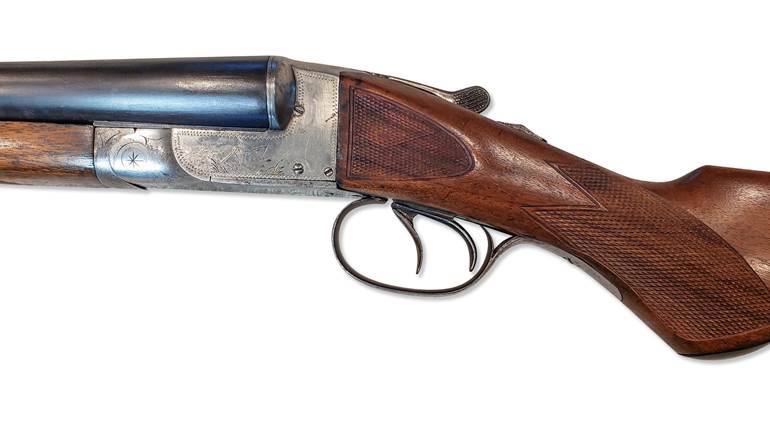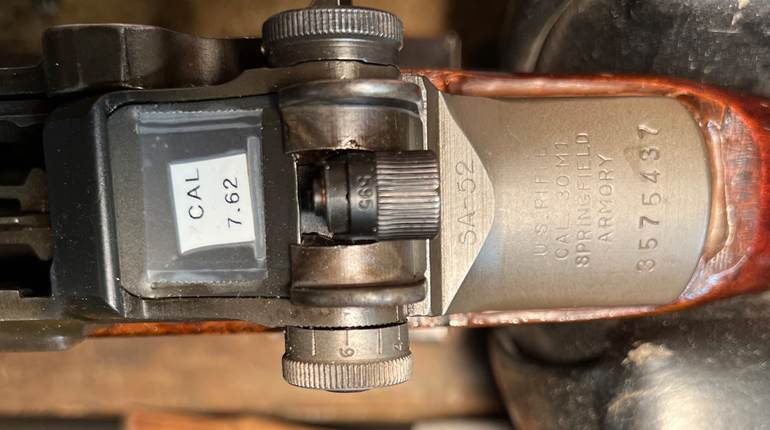
Q: I have my grandfather’s pistol that we think he picked up in the ‘50s when he was stationed in Europe. It appears similar to the Mossberg Brownie referenced in the April 2019 issue of American Rifleman.
We found it in his collection after he passed, so it is one of the pistols we do not know the history of other than it is supposedly referred to as a “melon baller.” My searches on the Internet leave me with more questions than answers. Other than resemblance to Mossberg’s Brownie, can you help source information about this four-shot pistol?
A: Your gun is commonly called the Italian Brownie by collectors, or, more formally, the EIG four-barrel derringer. This Italian-made derringer is not an exact copy of the Mossberg Brownie, but it does not need a DNA test to determine the designer must have had a disassembled Mossberg Brownie on his drafting table.
Mossberg made 37,000 Brownies between 1919 and 1932. The “XXII” next to the Italian proofmarks on your pistol is a date code showing your gun was made in 1966. It was made by Fratelli Tanfoglio of Brescia, Italy, for the EIG company.
The Gun Control Act of 1968 prohibited the importation of small pistols. Companies such as EIG evaded the intent of the Gun Control Act by importing all but the frame of the many models of small semi-automatic pistols they had been importing from Spain and Italy, and then having the frames made in U.S. factories.
If they imported all but the frame of the Brownie, there wouldn’t be much left—I suspect they didn’t bother and dropped that model. Yours is marked with Italian proofmarks of 1966, so it was a pre-GCA ‘68 import.
According to an April 30, 1969, article in the New York Times, EIG was owned by Saul Eig, and he had ordered enough parts to make hundreds of thousands of small semi-automatic pistols in a factory he was building in Florida.
Investigative reporters found one shipment from Tanfoglio, Brescia, Italy, contained enough parts to complete 10,000 semi-automatic pistols.




































